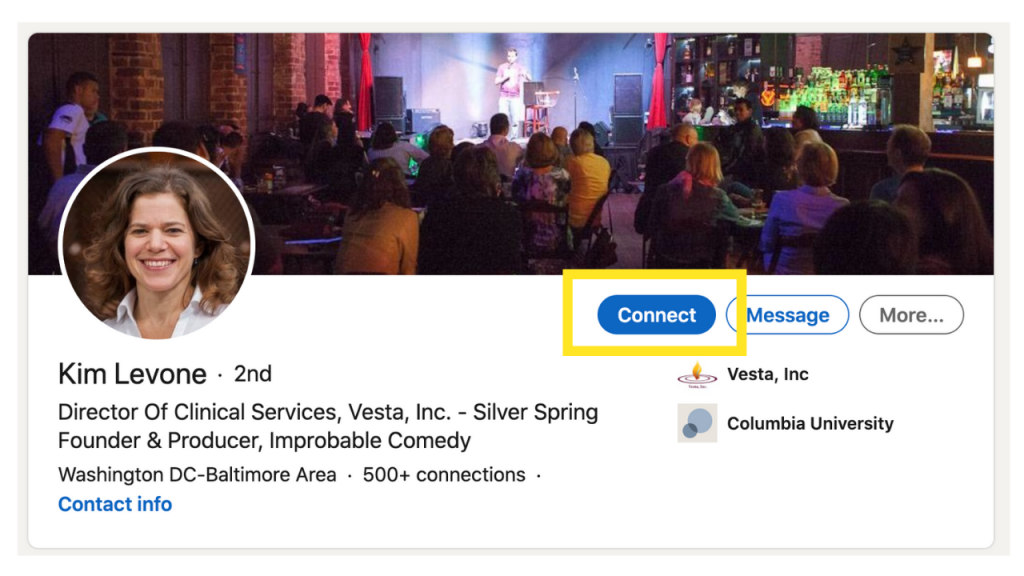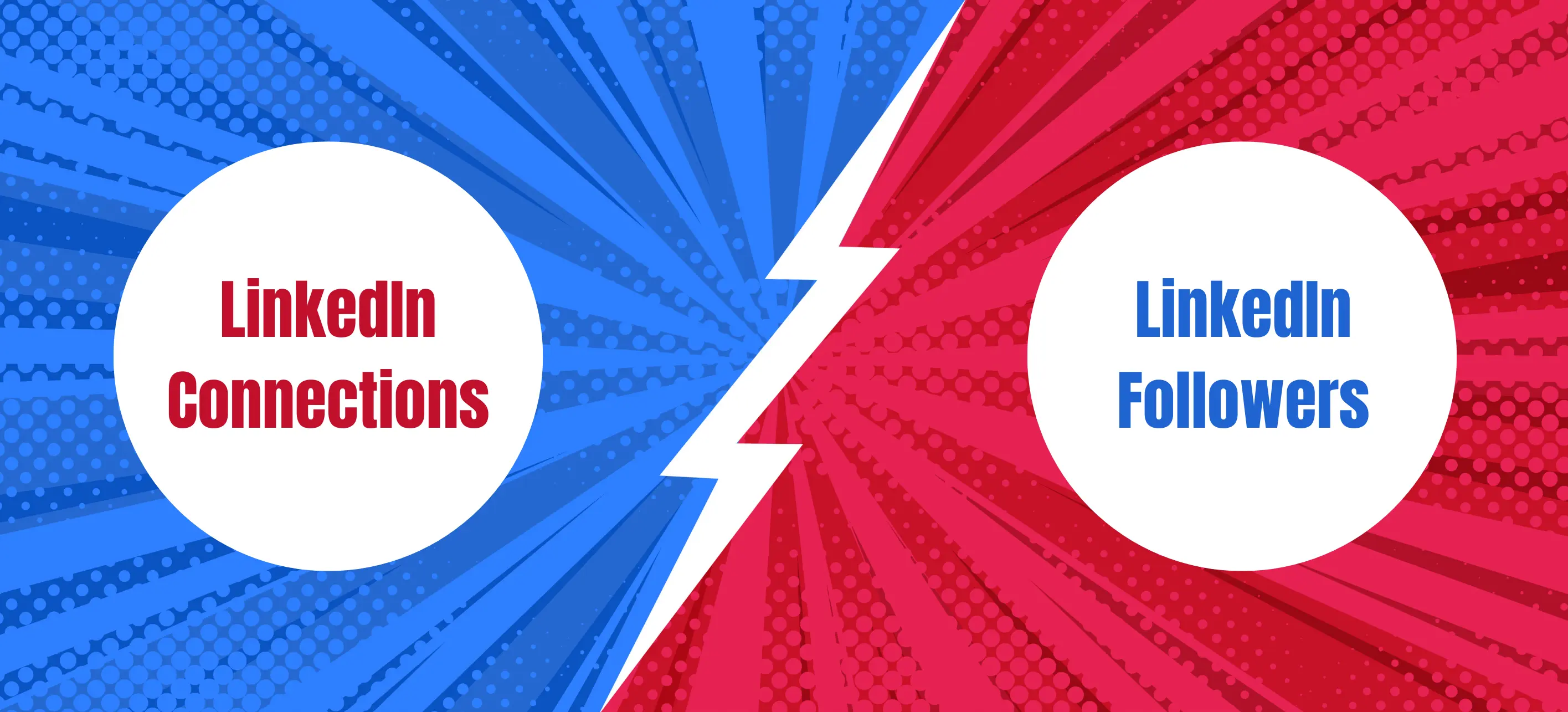LinkedIn is the go-to platform for professional networking, offering various features to help users navigate and build their careers. Among its key components are the options to Connect and Follow. While these terms may seem interchangeable at first glance, they serve distinct purposes in the LinkedIn ecosystem. Understanding the differences between these two features can help you enhance your networking strategy and leverage LinkedIn’s full potential.
What Does It Mean to Connect on LinkedIn?

Connecting on LinkedIn is akin to forging a personal bond with another user on the platform. When you connect with someone, you're not just adding them to your network; you're establishing a two-way relationship. This connection implies mutual acceptance and allows for deeper interactions.
Here are some key aspects of the Connect feature:
- Mutual Visibility: When you connect with someone, both of you can see each other’s profiles and updates in your feeds.
- Network Expansion: Your new connection can introduce you to their network, broadening your professional horizons.
- Ability to Message: Once connected, you can send direct messages to each other, facilitating more personal communication.
However, it’s crucial to understand that the connection request needs to be accepted by the other party. If you send a request and they decline or ignore it, you remain “strangers” on LinkedIn. Therefore, it’s best to send connection requests to people you have met in a professional context or share mutual interests with.
Connecting can lead to many opportunities — like job leads, collaborations, mentorships, and more. But it’s important to build genuine relationships over mere numbers, as quality connections often yield better results.
Let’s go a bit deeper into why connecting is essential:
- Building Trust: A connection is often seen as a sign of trust. When you connect with someone, it reflects a willingness to engage more deeply.
- Engagement with Content: Your connections are more likely to see and engage with your content, increasing your visibility on the platform.
- Endorsements and Recommendations: Connected users can endorse skills and even write recommendations, enhancing your professional credibility.
In summary, connecting on LinkedIn is not just about adding contacts. It’s about building a network of professionals who can support and enhance each other’s careers. Therefore, approach your connection strategy thoughtfully to maximize the benefits LinkedIn offers.
Also Read This: Choosing Between LinkedIn and Indeed: Which One Fits Your Needs Better?
3. What Does It Mean to Follow on LinkedIn?

So, you’re curious about what it truly means to follow someone on LinkedIn? Great question! Following someone on LinkedIn is a bit different from connecting with them. When you choose to follow a person, you’re essentially subscribing to their updates. You’ll see their posts, articles, and any other content they decide to share in your feed without the direct relationship that comes from connecting.
In many ways, following is a more passive form of engagement. Here’s what you need to know:
- No Need for Mutual Agreement: When you follow someone, you don’t need their approval. This is perfect for that high-profile expert whose insights you want to tap into but might not necessarily want to connect with directly.
- Content-Driven Interaction: Following means you’re interested in the value someone provides rather than seeking personal interaction. This is ideal for thought leaders, industry experts, or companies that regularly share valuable insights.
- Allows for Broader Networking: Since you’re not limited by mutual connections, following lets you broaden your professional network. You can follow numerous people who inspire you without the need for direct connections.
- Privacy Consideration: Following someone often feels less intrusive than sending a connection request, especially if you're not quite ready to engage on a personal level.
In a nutshell, following someone on LinkedIn is about staying updated with their professional activities and insights without the commitment of becoming direct connections. It’s like attending someone’s lecture but not necessarily engaging in a one-on-one conversation afterward. You get to absorb their knowledge while keeping your professional boundaries intact.
Also Read This: How to Add a Badge to Your LinkedIn Profile: A Simple Method
4. Key Differences Between Connecting and Following
Now that we know what it means to follow someone, let’s delve into the key differences between connecting and following on LinkedIn. Both actions serve unique purposes and can help shape your LinkedIn experience. Here are the main distinctions:
| Aspect | Connecting | Following |
|---|---|---|
| Relationship | Two-way connection requiring mutual approval | One-way engagement without needing consent |
| Feed Visibility | See each other's posts and interactions | Only see the person’s posts in your feed |
| Communication | Can send private messages to each other | No direct messaging capabilities |
| Purpose | Build professional relationships and network | Stay updated on insights and content |
| Privacy | More personal; can see mutual connections | Less personal; no notification of following |
Ultimately, the choice between connecting and following depends on your objectives on LinkedIn. If you’re looking to establish meaningful relationships and explore mutual professional interests, connecting is the way to go. On the other hand, if your goal is to gain insights and stay updated on certain individuals or topics without the need for interaction, following is the perfect option!
Understanding these differences is crucial as you navigate your professional journey on LinkedIn. Whether you choose to connect or follow, make sure you align your actions with your networking goals.
Conclusion: Making the Right Choice for Your LinkedIn Strategy
In today's professional landscape, understanding the differences between Connect and Follow on LinkedIn is crucial for building a robust network and achieving your career goals. Each option serves distinct purposes:
- Connect: Ideal for establishing direct relationships. It enables two-way communication and gives you access to your connections’ networks.
- Follow: Best for keeping up with influencers, businesses, or thought leaders without seeking direct interaction. This option allows you to stay updated on their insights and activities.
Choosing between these functionalities largely depends on your objectives:
| Purpose | Connect | Follow |
|---|---|---|
| Networking | ✅ | ❌ |
| Stay Updated | ✅ (but limited) | ✅ |
| Content Engagement | ✅ | ✅ |
| Professional Growth | ✅ | ✅ |
Ultimately, a balanced approach that combines both options will maximize your LinkedIn impact. By strategically choosing whom to connect with and who to follow, you can enhance your visibility, foster genuine relationships, and stay on top of industry trends. Start evaluating your network today, and align your connections with your career ambitions for the best outcomes.
 admin
admin








